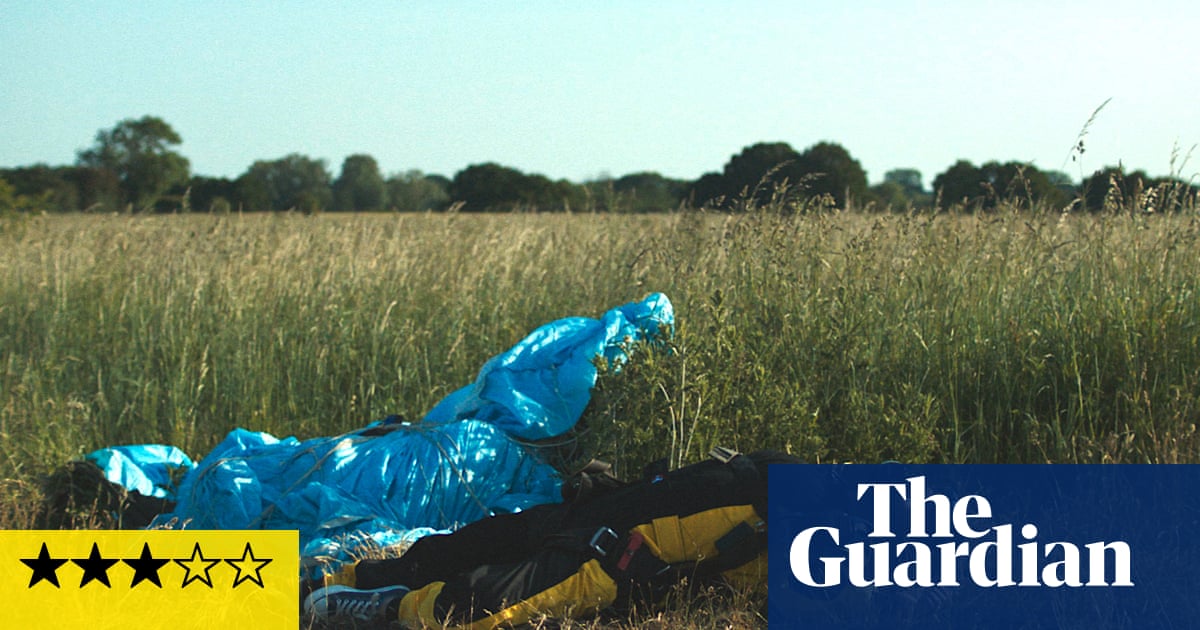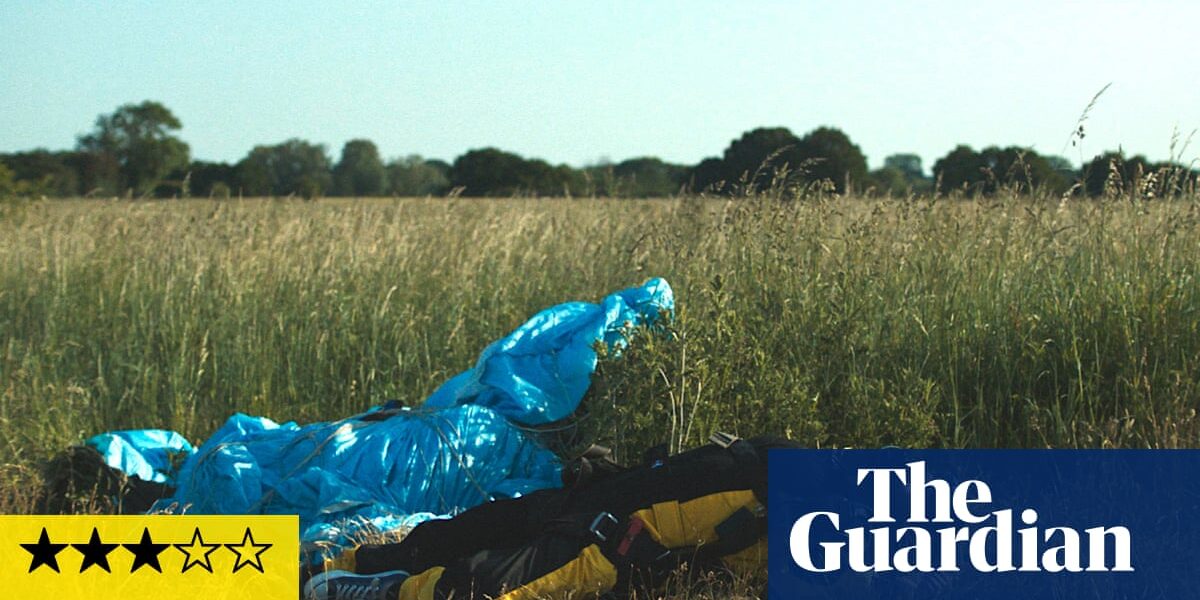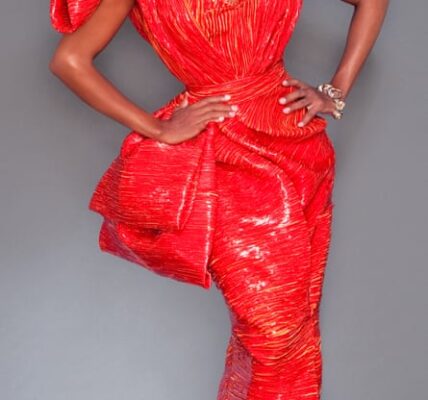The Fall: Skydive Murder Plot review – how did this astonishing true-crime story end up like Mrs Brown’s Boys?

The attempted murder of Victoria Cilliers is, for a true-crime programme-maker, a gift. Cilliers, an experienced skydiving instructor, miraculously survived a 4,000ft drop when, in 2015, both her main and reserve parachutes failed to open during a skydive in Netheravon, Wiltshire. As police came to suspect her husband, Emile, of having tampered with Victoria’s equipment, they learned that Victoria had also survived a gas leak at the family home a week earlier. Further investigation revealed a coercive and controlling relationship, with Emile’s treatment of his previous romantic partners displaying a similar pattern. But this made securing a conviction harder, because Victoria had been so profoundly manipulated that at Emile’s two trials, she spoke in his favour, not against him.
The Fall: Skydive Murder Plot can draw on a powerful combination of Victoria’s unbelievable good luck in surviving, Emile’s Wile E Coyote-esque approach to uxoricide, and the difficult, dark challenges the justice system faces when a coercive controller is a defendant. The compelling three-part documentary almost makes itself, if its makers can only get out of the way of the tale and tell it. But The Fall’s producers opt for a tricksy deconstruction of the true-crime medium that the story barely survives.
The main interviewees are the investigating police officers, DI Paul Franklin and DC Maddy Hennah. They recall how what seemed like a freak accident was upgraded to an attempted murder inquiry thanks to the conscientious work of a Netheravon instructor, who examined Victoria’s equipment and identified a lack of “slinks” – gizmos connecting two parts of the parachute that were highly unlikely to have separated from the rest of the rig by accident, and which only an expert would know how to remove. Emile, also a keen skydiver, fitted the bill. Upon questioning him, Franklin and Hennah found him to be slippery, eerily confident, sinister even.
Their recollections are bolstered by dramatic reconstructions. This device is never to every viewer’s liking, but can be necessary – after all, Victoria Cilliers is absent from the screen, so she was clearly unavailable or unwilling to appear. In the dramatised scenes, she is played by MyAnna Buring.
But these reconstructions are very odd. Before a scene begins, we see the edges of the set, the lights, the cameras, the crew, the monitors. The real Franklin and Hennah are shown sitting in directors’ chairs, observing. In the staging of Victoria’s first interview with the police, she recalls her movements before the fateful jump – whereupon Buring gets up, discards the surgical brace she’s wearing, and walks to an adjacent set, like Brendan O’Carroll changing scenes on Mrs Brown’s Boys. The actors playing Franklin and Hennah peer at her through a window in the original set. Later on, when Buring has returned, we cut from the actors playing Franklin and Hennah to Buring, then back. Suddenly, the real Franklin and Hennah are standing behind the actors playing them, like watchful ghosts.
There might, possibly, be something here about the unreliability of witness memory and the particular difficulty of persuading a victim of coercive control to recount their experiences with honest accuracy. But you have to really stretch to see that, and the generally irritating conceit becomes at times actively counterproductive. Before the scene where Victoria is given the news that Emile has not only been arrested but has admitted to adultery, we hear the director explaining to Buring that the camera will remain on her face throughout as she is told her life is a lie. This then happens, but because we’ve been made hyper-aware that this is a dramatic contrivance, we’re assessing Buring’s skills – ooh, real tears! Nice work! – rather than what the real Victoria experienced in that moment.
Then at the very end of episode one, surprise! Victoria Cilliers is interviewed after all. The Fall has pulled the classic true-crime trick of withholding a key contributor for as long as possible, then revealing them as a roll-credits cliffhanger. It’s sticking every bell and whistle available on to a narrative that doesn’t require embellishment.
In the second and third instalments, the show calms down considerably, with the admirably frank Cilliers – who didn’t believe Emile was guilty until some time after a jury told her he was – a fascinating character, and the already interesting issues around how the police go about proving coercive control lent greater depth when it emerges that DC Hennah feels a personal connection to such cases. There is chilling testimony from one of Emile’s former lovers, and a blast of light relief when Victoria is interviewed on Good Morning Britain, and Richard Madeley concludes their conversation by saying: “I’m so glad you’ve come out of this in one piece.” It’s a case where the facts themselves would have easily been enough.
after newsletter promotion
The Fall: Skydive Murder Plot is on Channel 4
Source: theguardian.com




